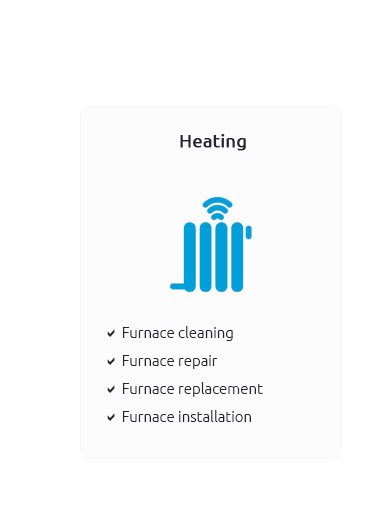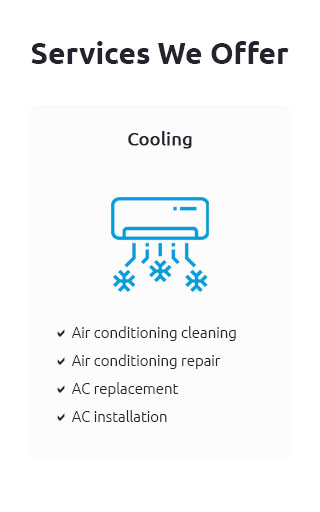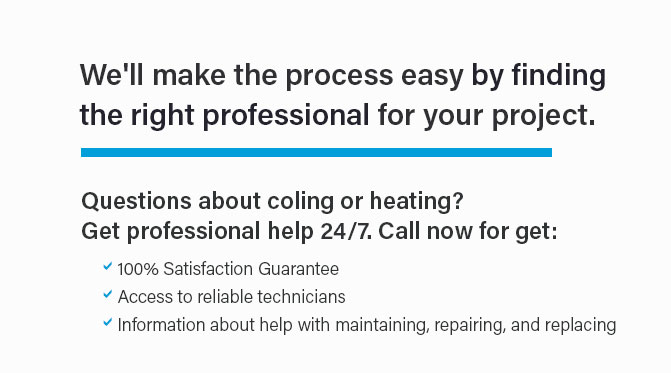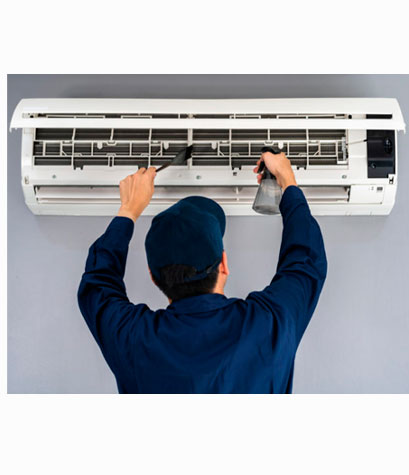 |
 |
 |
 |
 |
 |
 |
 |
 |
 |
 |
 |
 |
 |
 |
 |
|
Experience unparalleled comfort with our top-tier HVAC services, where seasoned AC and heating experts transform your home into a sanctuary of perfect temperatures; our local contractors, renowned for their precision and reliability, specialize in seamless furnace installations that promise energy efficiency and peace of mind, ensuring you never have to worry about chilly nights or scorching days again-discover the difference with a service that prioritizes your comfort and satisfaction above all.
https://indoortemp.com/resources/furnace-installation-process
We talk through a typical furnace installation from start to finish, including best practices for HVAC companies installing a furnace unit. https://www.reddit.com/r/hvacadvice/comments/10qfo2k/how_hard_would_it_be_to_install_a_gas_furnace/
Comments Section ... You can cut costs this way in a sense. You will lose any proper warranty by installing it yourself which may cost you more in ... https://www.youtube.com/watch?v=B-UkRp95qr4
Midwest Tin Snips: https://amzn.to/3K7zG4l Malco Duct Stretcher: https://amzn.to/3z7XnDk Dual Sided Bit Set: https://amzn.to/3JIm528 Duct ...
|